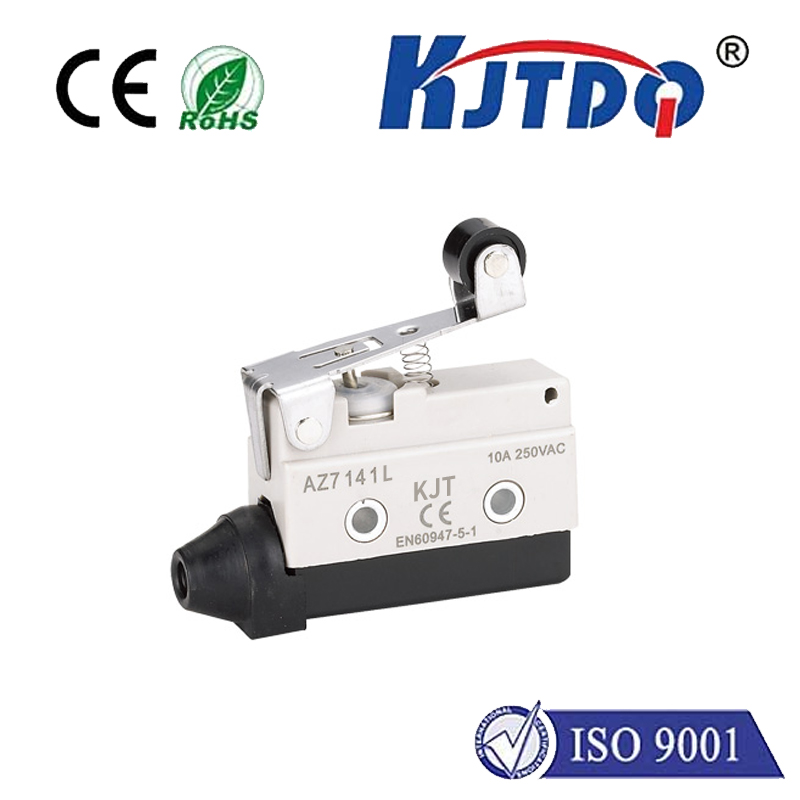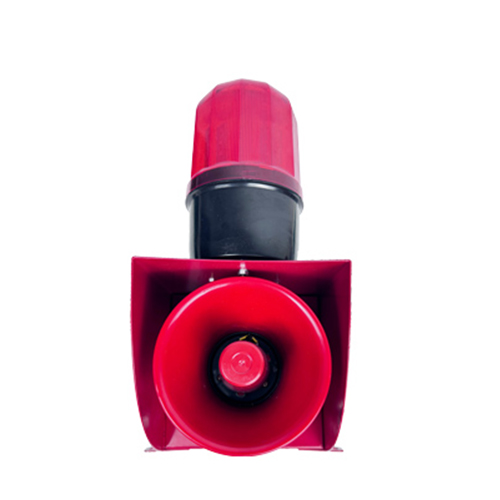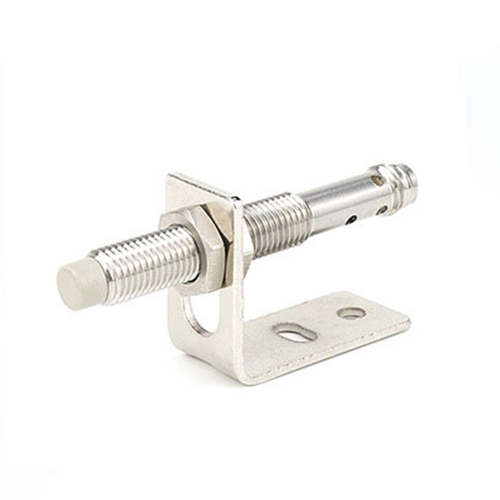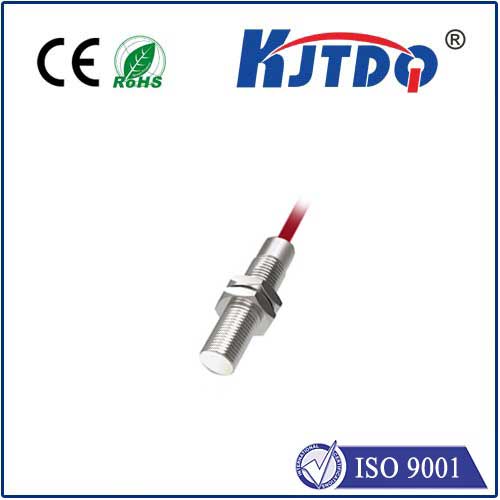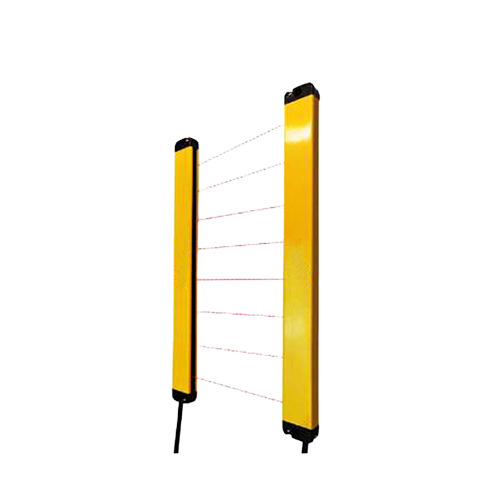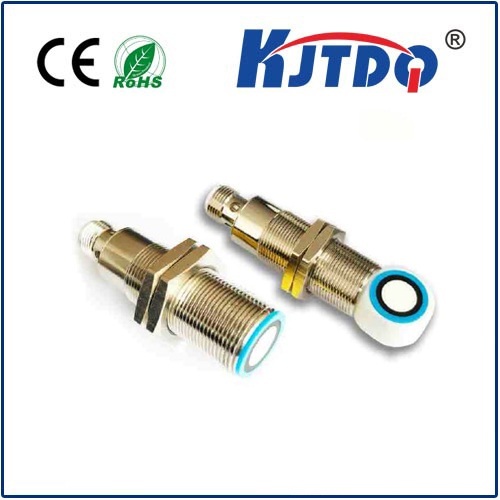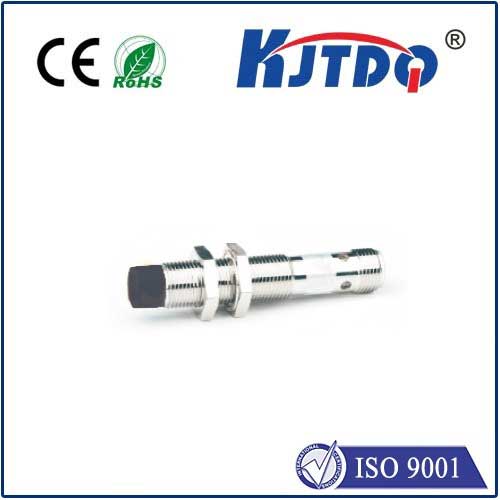

check

check

check

check

Photoelectric Reflective Sensor: A Modern Marvel in Motion Sensing Technology The photoelectric reflective sensor, a small yet remarkable device, has been revolutionizing the field of motion sensing technology. This innovative instrument is designed to detect the presence of an object by bouncing a beam of light off it and analyzing the reflected light that returns to the sensor. The working principle of a photoelectric reflective sensor is based on the concept of optical feedback, where the intensity of the reflected light is directly proportional to the distance between the sensor and the detected object. Applications of Photoelectric Reflective Sensors Photoelectric reflective sensors have found widespread applications across various industries due to their non-contact nature, high accuracy, and reliability. They are commonly used in automation systems, such as conveyor belts, packaging machinery, and quality control processes, to monitor product flow, detect defects, and ensure precise measurements. Additionally, these sensors are employed in security systems, such as intrusion alarms and access control, where they can sense movement and trigger alerts or actions accordingly. Advantages of Photoelectric Reflective Sensors One of the key advantages of photoelectric reflective sensors is their ability to operate without physical contact with the target object, reducing wear and tear on both the sensor and the object being monitored. Moreover, these sensors offer high sensitivity and fast response times, enabling real-time detection of even the slightest movements. Their compact size and ease of installation make them suitable for integration into existing systems or retrofitting onto new ones. Furthermore, photoelectric reflective sensors are versatile and can be customized to suit specific application requirements, such as different detection ranges, output types, and environmental conditions. Challenges and Limitations Despite their numerous benefits, photoelectric reflective sensors also face some challenges and limitations. One major challenge is their susceptibility to environmental factors, such as dust, moisture, and temperature variations, which can affect their performance and accuracy. To address this issue, manufacturers have developed various protective measures, such as housing enclosures and filters, to minimize the impact of external influences on the sensors. Another limitation is that photoelectric reflective sensors may struggle to detect certain materials or surface finishes that do not reflect light well, limiting their applicability in specific scenarios. Future Developments in Photoelectric Reflective Sensors As technology continues to advance, researchers and developers are constantly exploring new ways to improve the performance and capabilities of photoelectric reflective sensors. Innovations such as artificial intelligence algorithms and machine learning techniques are being incorporated into sensor design to enhance their accuracy, flexibility, and adaptability to changing environments. Additionally, advancements in materials science and nanotechnology may lead to the development of more durable and efficient photoelectric reflective sensors with extended detection ranges and improved resistance to harsh operating conditions. In conclusion, the photoelectric reflective sensor is a powerful tool that has transformed the way we detect and measure movement in various applications. Its non-contact operation, high accuracy, and versatility make it an ideal choice for many industries. While challenges remain, ongoing research and development efforts will continue to push the boundaries of what these remarkable sensors can achieve, ensuring their continued success in motion sensing technology for years to come.
